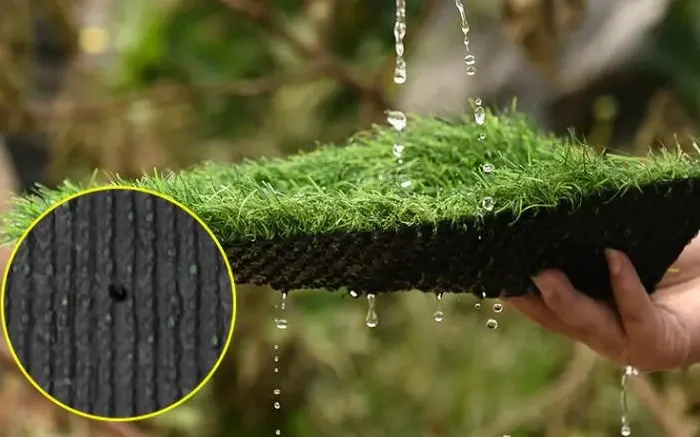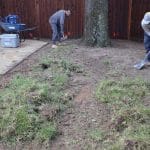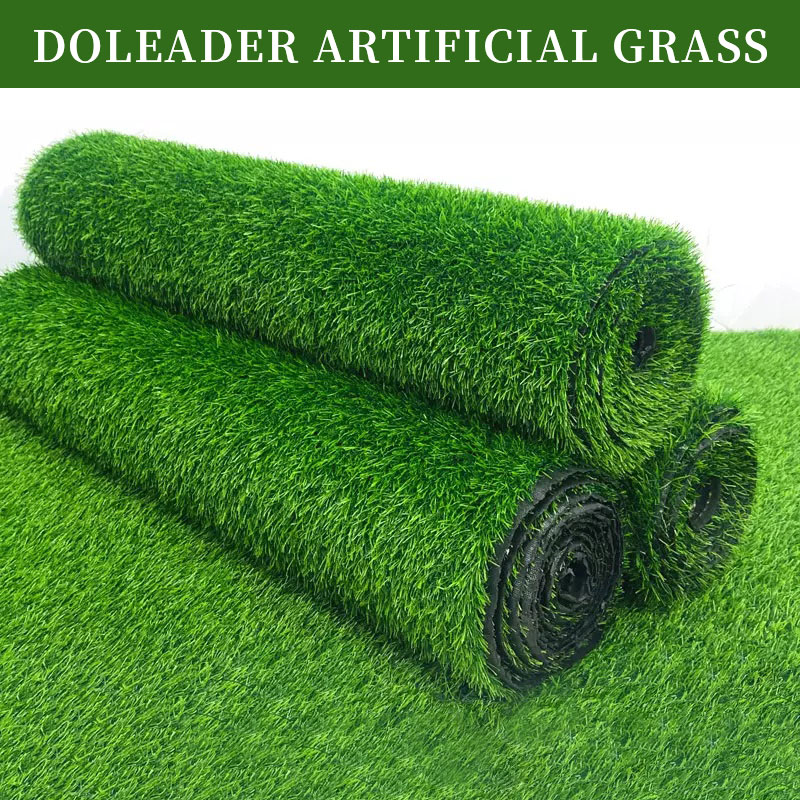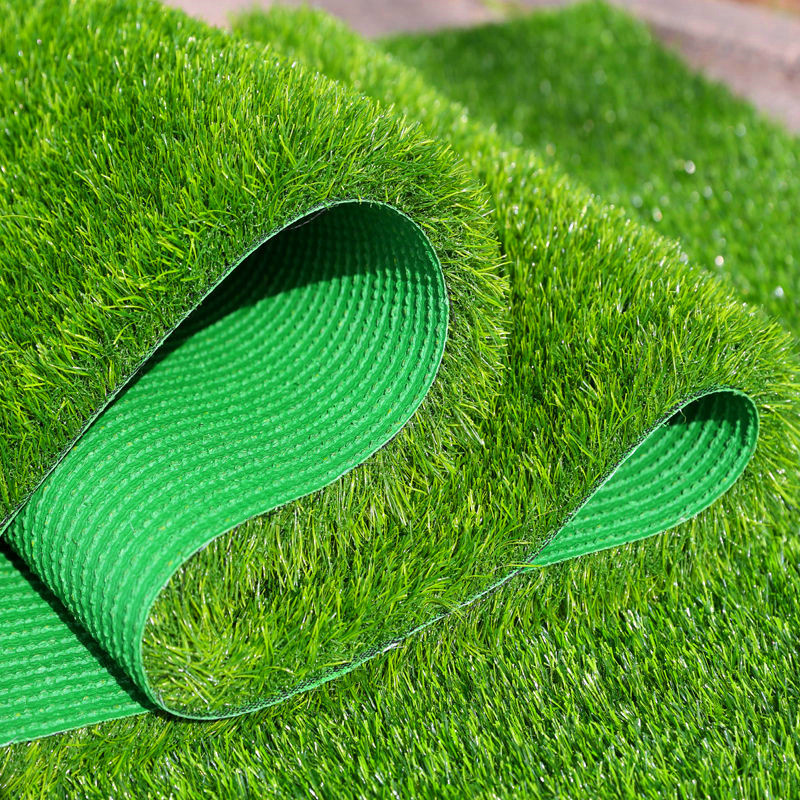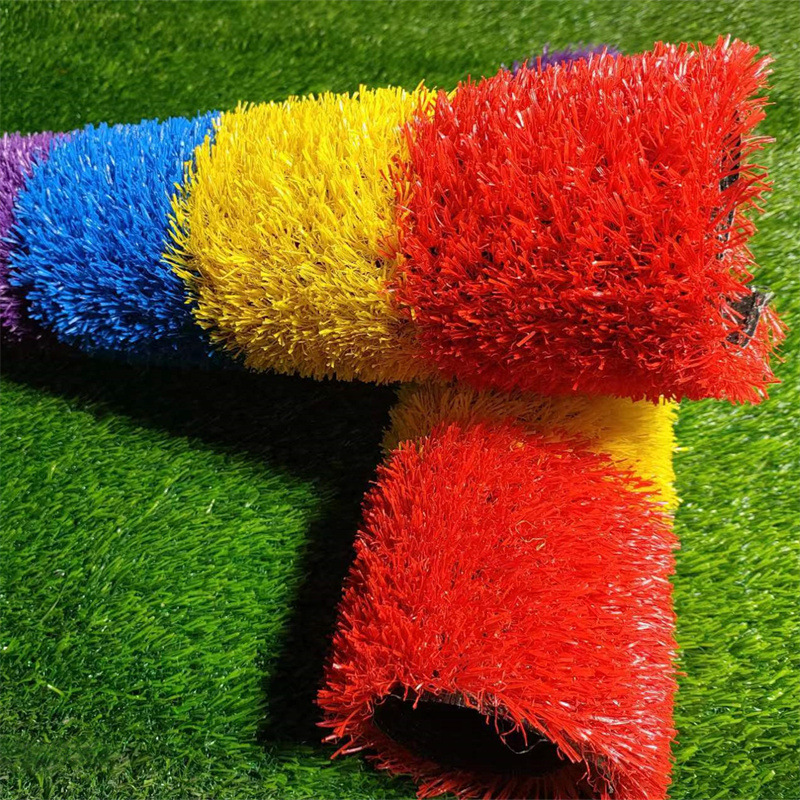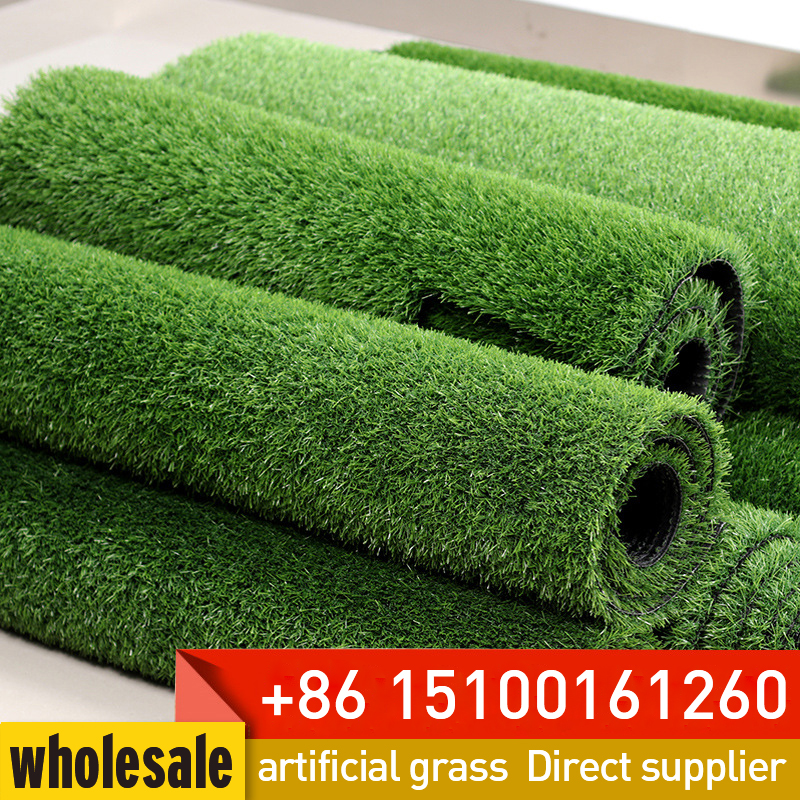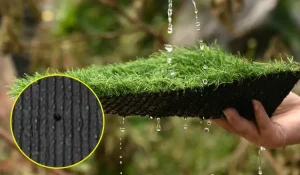
Artificial turf is not completely impervious, but it is much less permeable than natural grass. This means that it does not allow water to drain through as easily. However, most artificial turf products have drainage holes punched through them to allow some water to pass through.
The permeability of artificial turf varies depending on the product and the installation. Some artificial turf products are designed to be more permeable than others. For example, products designed for sports fields typically have more drainage holes than products designed for residential lawns.
The installation of artificial turf can also affect its permeability. If artificial turf is installed on a compacted surface, such as concrete, it will be less permeable than if it is installed on a well-drained surface, such as sand.
Even though artificial turf is not completely impervious, it can still help to reduce runoff and improve water quality. Artificial turf can also help to reduce the amount of water needed to irrigate a lawn, which can save money and conserve resources.
Here are some tips to help improve the permeability of artificial turf:
- Choose a product with drainage holes.
- Install artificial turf on a well-drained surface.
- Avoid compacting the base layer of artificial turf.
- Brush infill into the artificial turf to help prevent it from clogging the drainage holes.
- Regularly clean and maintain artificial turf to remove debris and prevent the buildup of algae and moss.


